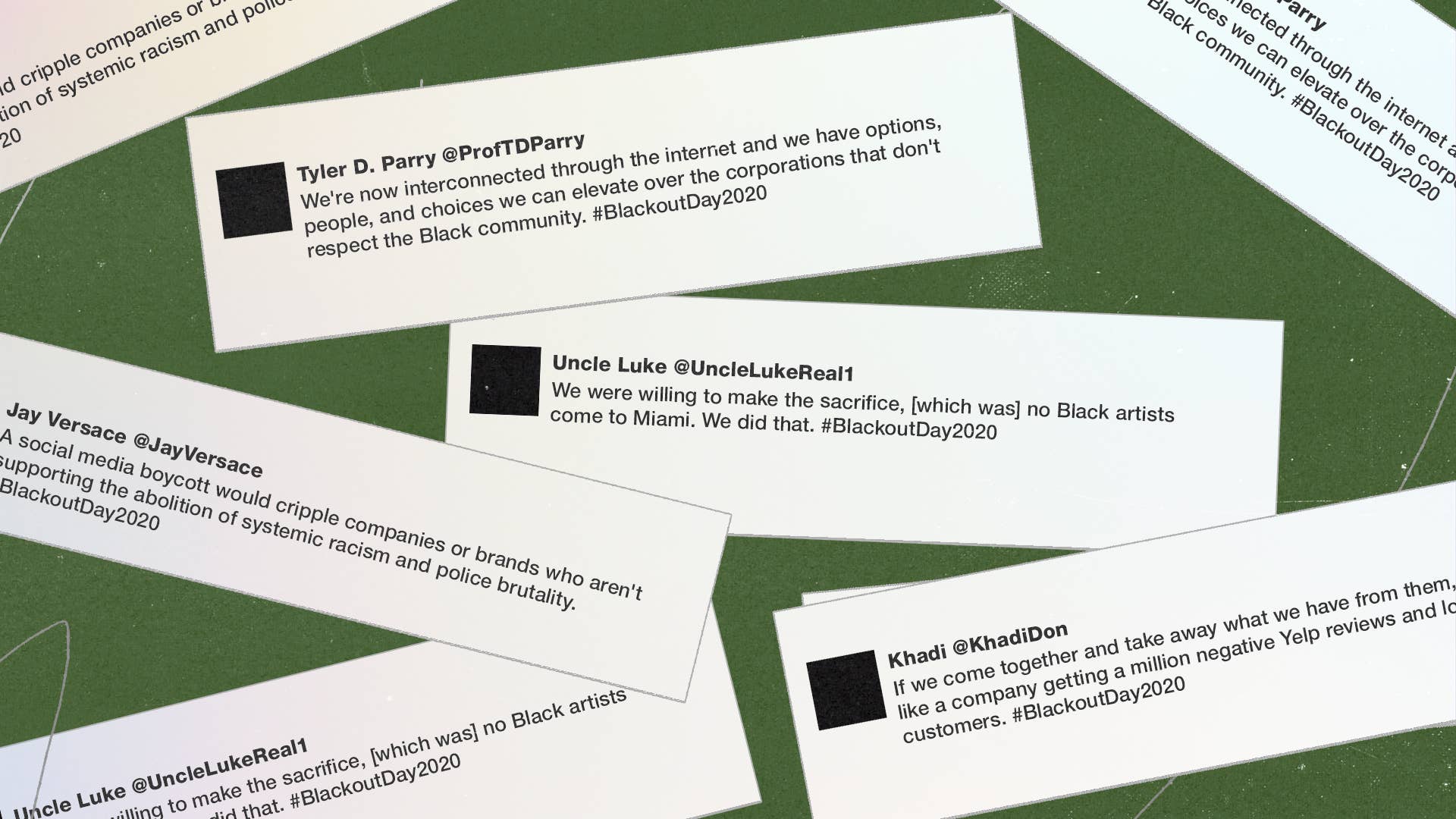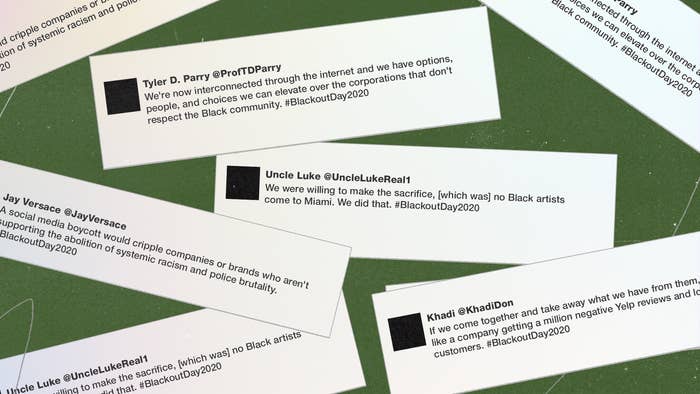
The summer of 1990 saw a quiet riot speak volumes after Black organizations staged a boycott of Miami’s tourism industry, costing the city between $5 million and $12 million in the first three months alone. And the silence of the Black dollar was only starting to suffocate the city’s economy.
Known as the Quiet Riot in Miami, the boycott was catalyzed by mayor of Miami at the time, Xavier Suarez, and Miami City Commissioner Victor De Yurre revoking a planned June 27, 1990 celebration of newly liberated Nelson Mandela over his refusal to denounce dictators Fidel Castro, Yasir Arafat, and Moammar Gadhafi during a nationally televised interview. As a response, a coalition of Black organizations including the National Association for the Advancement of Colored People, the National Association of Black Social Workers, and the American Civil Liberties Union canceled conventions and refused to do business in Miami. The boycott’s message reached Black entertainers and professionals across the nation who joined, threatening the area’s $5 billion tourism industry.
The absence of the Black dollar damaged the coastal economy for three years until concessions were made by the local governments to improve conditions for Black people in the area. Dade County businesses and banks made commitments to help Black entrepreneurs grow or start 10 businesses a year, as well as secure financing for Black people to have access to after the Quiet Riot. By the end of the Quiet Riot, the boycotts cost the Miami-Dade County economy an estimated $50 million, thanks in part to entertainers sacrificing in ways seldom seen in today’s age.
“Hip-hop took responsibility for the fight back then,” Luther “Uncle Luke” Campbell shares while speaking on the Quiet Riot with Complex. “We weren’t doing it like everybody else, like LeBron James and the rest of them that put a T-shirt on, go out there and play, and then take the fucking T-shirt off. I love LeBron and all of them, but you have to get past the shirt thing. We were willing to make the sacrifice, [which was] no Black artists come to Miami. We did that.”
The Quiet Riot was quiet, but they weren’t silent. The 2 Live Crew founder, arguably the most influential Black Miami artist of all time, describes himself as a “professional protester” and a qualified expert on looting after Miami erupted in riots in 1980, 1982, and 1989, each following the murder of a young Black man at the hands of the police. To him, this new generation needs to learn from the boycotts of yesteryear in order to capitalize on their moment.
“We’ve had marches for years, definitely since Trayvon Martin, but this [moment] feels different to me for a few different reasons, including the fact that everything feels like it’s on the table,” #OscarsSoWhite creator April Reign says about today’s climate. “So there’s no moonshot. It’s, ‘What are you going to do for me? Let’s make it tangible.’”
“We were willing to make the sacrifice, [which was] no Black artists come to Miami. We did that.” - Luther “Uncle Luke” Campbell
The world doesn’t look entirely the same compared to 30 years ago, when the Quiet Riot first popped off. Now your iPhone can record your police encounters if you tell Siri you’re being pulled over; the largest police force in America will no longer have hundreds of plain-clothes cops terrorizing Black communities; the third-largest police force in America will have a massive nine-figure reduction in its obscenely large budget. As unprecedented as that one sentence is, it’s a fraction of the systemic changes that are needed as civil unrest over the wave of Black deaths at the hands of police continues.
This has arguably been the most transformative time during the social media era and begs the question: How could a social-media-led boycott work in 2020 and beyond?
“Some people need to know there are blueprints in which they can follow, because boycotting is not easy for people,” UNLV Associate Professor Tyler D. Parry says. “We assume you just withhold your funds and you can go throughout your day. But a lot of people are committed to certain things. [We] have to know and understand this has been done before, and [it doesn’t happen in a short period of time.”
So, on the 30th anniversary of the Quiet Riot, we spoke with activists, executives, online influencers and marketers from different generations to create a 21st-century blueprint for an impactful economic boycott.
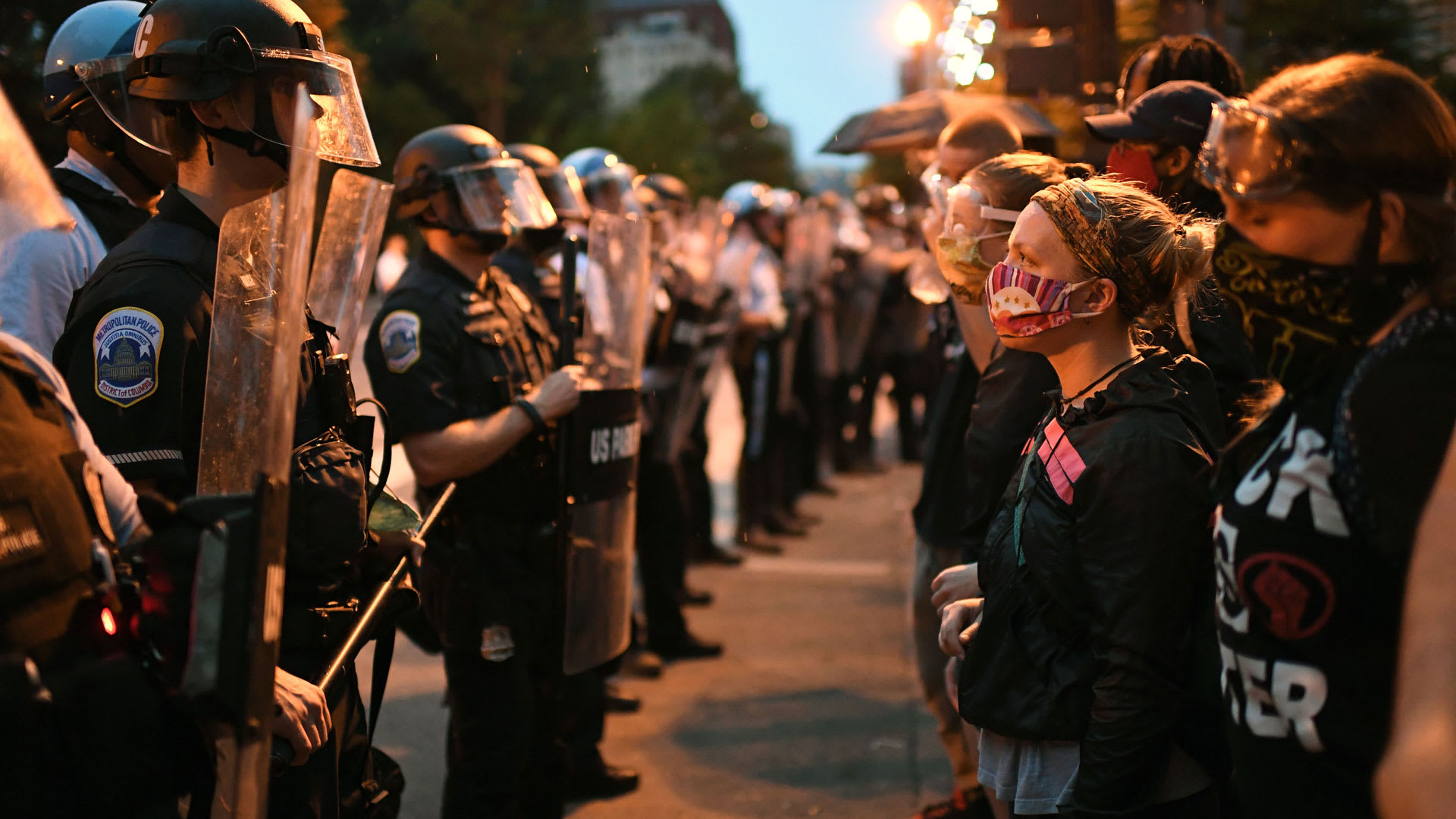
Unify Before Attack
Social media may both be the greatest impediment to the success of the modern boycott and its greatest accelerant. Six-figure crowdfunding campaigns have been fulfilled and racists have been fired with hashtags and viral videos at speeds unimaginable during the boycotts of the last two centuries. But as soon as a message is heard, it can be lost in the cacophony of opinions that social media gives megaphones to. This necessitates the need for clear messaging and a plan of attack before the start of any boycott.
The possibilities of what a modern-day boycott can look like, and the pitfalls it may carry, played out by way of #TheShowMustGoOn, a social-media-led boycott started by two music industry executives Brianna Agyemang and Jamila Thomas. The initial announcement was a simple yet effective post that spread through the timeline and the pair’s network of music industry contacts. Together, they called for people in the music industry not to report to work on Tuesday, June 2, as a statement that it won’t be business as usual following the string of Black murders in the recent months that forced the whole world to take notice.
Eventually, the message got lost in its own grandeur, and even before the Tuesday of the planned boycott, “#BlackoutTuesday,” a corporate-supported version of the protest, sprouted, making no actionable demands outside of asking corporations and people to put a black box on social media to signify unity with the Black community. As a result, #BlackoutTuesday garnered more than 10 times the Google search activity that #TheShowMustBePaused did.
“Now that we’re in this internet age, it’s different from the Montgomery Bus Boycott of the 1960s, because that was one particular city, so you can see if people are actually taking part in the boycott. But if we’re talking about a national or worldwide boycott, that’s completely different,” Reign says.
The Quiet Riot’s objectives included refusal to hold conventions, book hotels, and perform in Miami—essentially, to visit the city—because the target was defined and the economic impact was clear. But, is that level of systemic organization possible on social media? For internet star Jay Versace, who has managed to keep the attention of millions of people on social media largely with ephemeral videos, the resistance isn’t unified yet and a social media boycott needs to consolidate its impact by delegating its influence.
“We need to have a unified goal. Every state needs to have some sort of organization where people can call and go to. That’s unification, hitting every state one by one,” Versace says.
That’s what makes social media initiatives like #IndustryBlackout an effective boycott platform for today. On June 8, the social media accounts for @industryblackout detailed instructions followers can use in order to put pressure on Louisville government officials to fire the three officers who participated in the murder of Breonna Taylor after failing to turn on their body cameras and executing an illegal no-knock search. @industryblackout allowed people to click on a link and automatically generate an email addressed to Louisville officials requesting the arrest of those officers. The ease of this process is a perfectly crafted act of rebellion for a younger generation of activists.
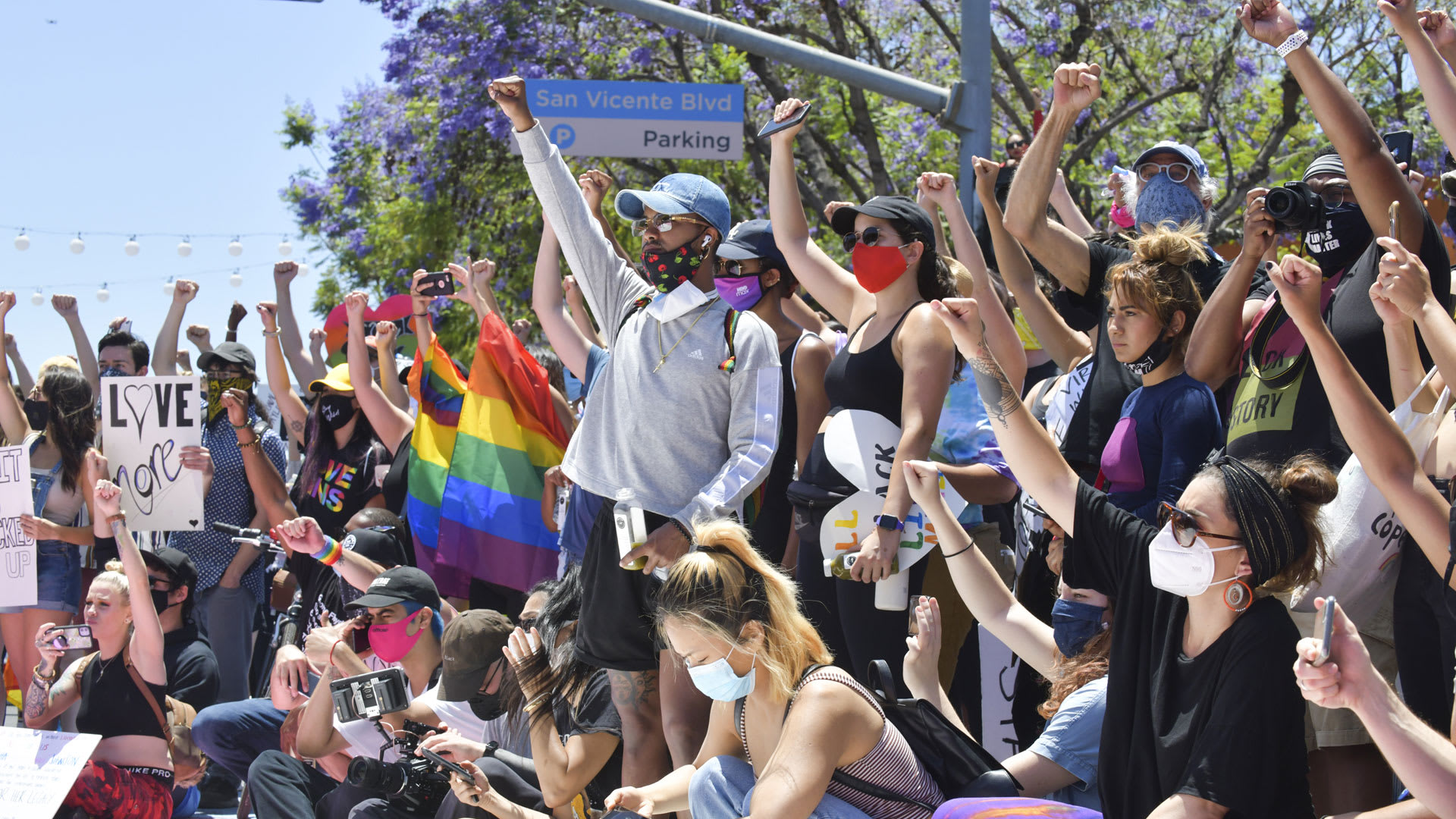
Connect and Circulate
Average people become celebrities thanks to social media’s ability to inflate importance. As depressing as this may sound, think of a social media boycott similarly to a TikTok challenge. There’s a foundational action everyone must follow, such as a Megan Thee Stallion’s Savage dance routine, and a hashtag (#SavageChallenge) to give each person who participates a platform to be watched and validated with attention. Now, imagine a nationwide boycott of Starbucks attached to a social media challenge where people are incentivized to keep posting videos of themselves simply walking past Starbucks and not entering, with clout and virality. In a world where the average attention span is less than eight seconds, this may be one of the most effective ways at implementing an economic boycott on social media.
“As far as boycotting and getting the people who follow and support you to continue to boycott, they have to be baby fed, kind of, and continuously feed them reminders. Boycotts are very difficult because, in 2020, people don’t keep their mind on anything for less than a month,” Versace says.
This sort of unification is new in execution, but not in design. During the Montgomery Bus Boycotts of 1955-1956, Black-owned periodicals circulated throughout the country with ads, op-eds, announcements, and updates about the boycott. Black people across the country wouldn’t have received news otherwise due to the lack of coverage white publications gave Black issues before the Civil Rights Movement. The blueprint for change now was etched back then.
“If we come together and take away what we have from them, it’ll be like a company getting a million negative Yelp reviews and losing customers.” - Khadi Don
“What we see now with hashtag activism always existed, just in a slower form. But you could get news from Montgomery, Alabama, to Philadelphia in a day as long as you wired someone quick enough and sent a message. Then they could publish that advertisement or that newspaper,” Professor Parry says.
A site such as WeBuyBlack is an online marketplace exclusively featuring Black-owned businesses and can spread Amazon alternatives to its 850,000 Instagram followers for those who may want to boycott the online marketplace over its unsafe working conditions. A site such as Black-OwnedBrooklyn provides maps and profiles of Black-owned businesses in the most populated borough in New York City and could be replicated in different cities, thus helping solve the problem of localizing a national boycott. That company’s Instagram page has more than 80,000 supporters, including notable followers like BET’s Black Coffee host Gia Peppers (49.6K followers), Apple Music’s Ebro Darden (708K followers), and clothing company Blk MKT Vintage (218K followers), all of whom could regularly share these Black-owned alternatives to their impressionable followers and make supporting Black-owned businesses the latest trend to follow.
“I think the pandemic has changed the approach to some degree, in that we’re now interconnected through the internet and we have options, people, and choices we can elevate over the corporations that are perceived to not respect the Black community or only use the Black community when it’s convenient,” Professor Parry says.
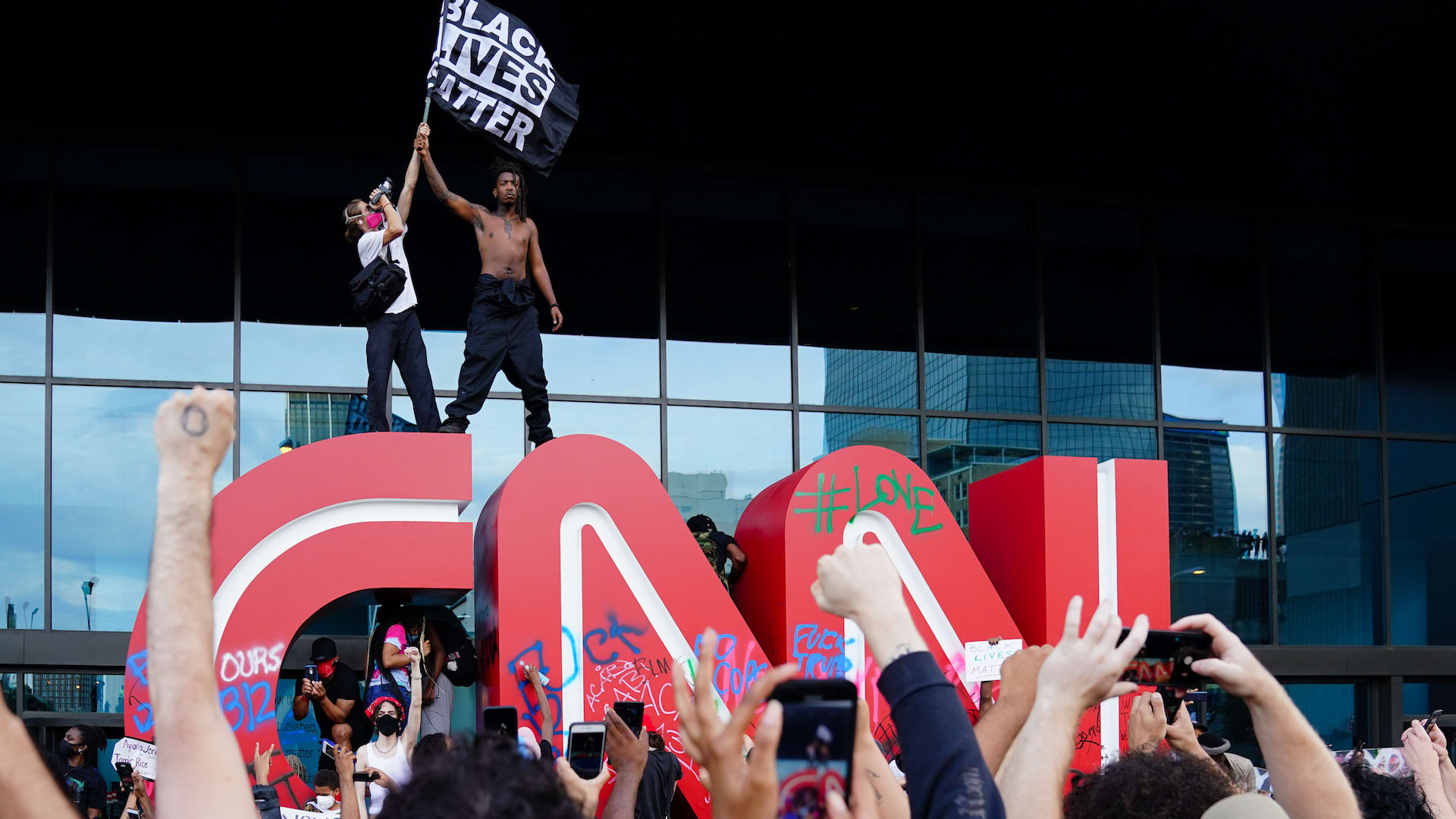
Attack the Bottom Line
Money talks, and companies have crumbled under the weight of its silence. The Quiet Riot were successful because Black people in Miami made their economic impact on the city conspicuous by taking it away. With Hip-Hop being the most popular genre of music in the world and In 2019 alone, the influencer marketing industry was worth $8 billion, with nearly 80% of brands predominantly using Instagram and experts expecting brands to spend upwards of $15 billion on influencers in a year by 2022. You don’t need to be a Harvard Business School graduate to know companies don’t continually spend money on a type of advertisement unless it generates far more in revenue than the company is spending. So if brands are spending $8 billion to advertise, imagine the effect Black influencers have on a company’s bottom line.
“We make up the majority of what’s going on online, and if we take this away from these corporations and these brands, there’s nothing they can do. What they fail to realize is it’s not only us, it’s also the people behind us. I was telling people, ‘If we come together and take away what we have from them, it’ll be like a company getting a million negative Yelp reviews and losing customers,” comedian Khadi Don says.
Don—who has 1.7 million Instagram followers and almost 800K on Twitter—suggests Black influencers should leverage the “monkey see, monkey do” phenomenon that is the crux of all influencer marketing towards “spreading a Black business, posting a petition, and making it the new norm.” Jay Versace plans to boycott companies he feels aren’t supportive of Black people and is “looking forward to not only not working with them, but speaking publicly about how they’re not for Black people.”
This sort of outside pressure from influential people such as Versace and Don is half the battle. Social media still needs pressure from the inside for any boycott to be successful.
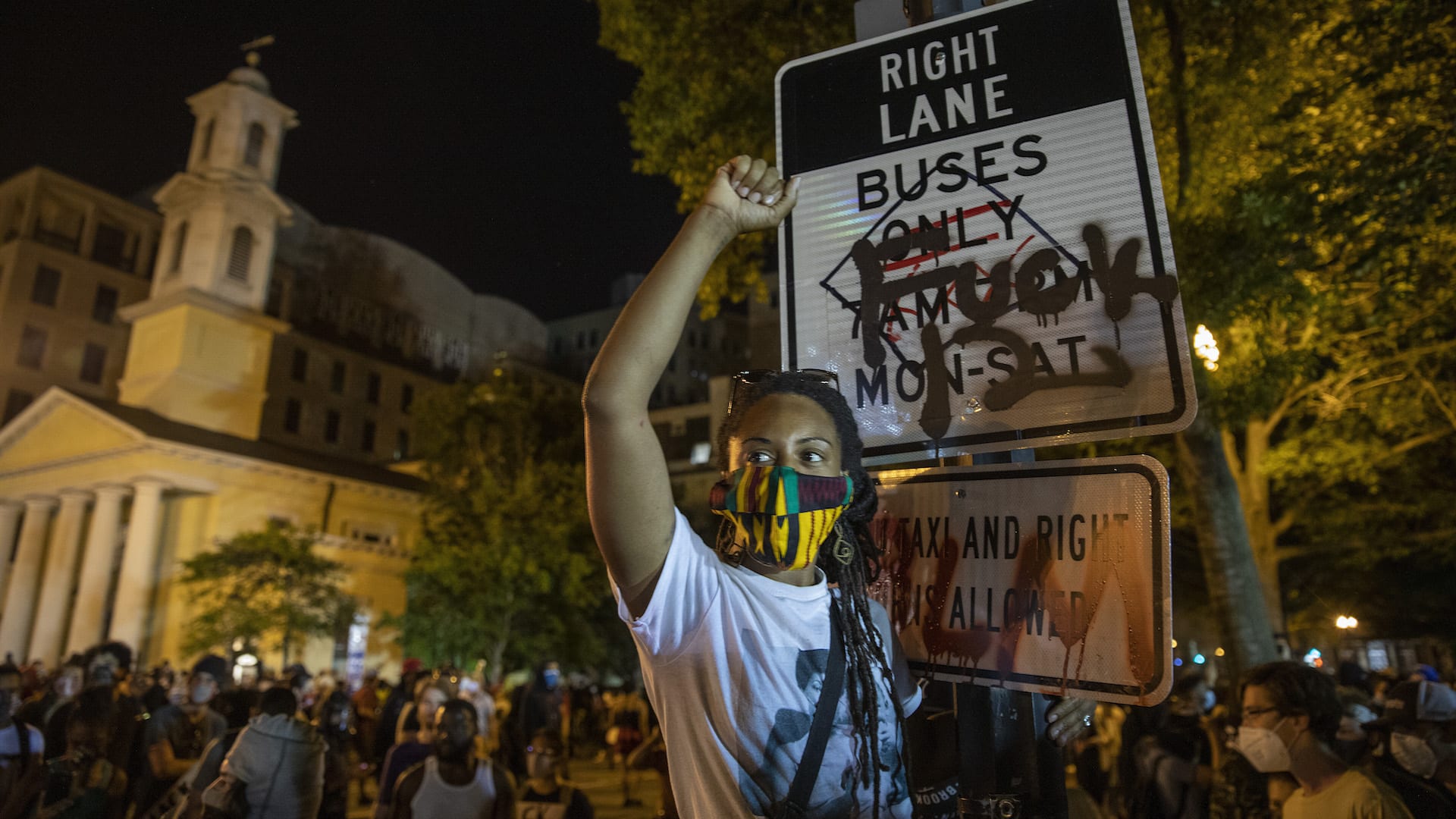
Inside Out
Change is an inside job. Black people can protest, burn businesses, withhold the Black dollar, and denounce a company on social media, but without an ally with influence inside the system of oppression, our cries will fall on deaf ears. If the civil rights movement didn’t have a sympathizer in President John F. Kennedy, who denounced racism as a “moral crisis” when addressing the nation on June 11, 1963, who knows how long it would’ve taken to get the Civil Rights Act of 1964 conceived, let alone passed? And if Dr. Martin Luther King Jr. didn’t have his ear, who knows if Kennedy would’ve heard our pleas?
This is why it is imperative for any social media boycott to leverage the inside connections afforded to celebrities. Pharrell Williams surreptitiously spoke with Virginia Governor Ralph Northam over the June 13 weekend, encouraging the governor to make Juneteenth a statewide holiday. Twenty-four hours later, New York State Governor Andrew Cuomo signed an executive order recognizing Juneteenth as a holiday for state employees. Twenty-four hours after that, and the day before Juneteenth, Pennsylvania Governor Tom Wolf also declared it a holiday for state employees. Four hours after news of Governor Wolf’s decision, Pharrell used his Twitter account, with its 10.8 million followers, to tweet to Oregon Governor Kate Brown to do the same. In less than two and a half hours, Governor Brown tweeted that she would follow her fellow senators in establishing Junteenth as a state holiday.
Corporations such as Target and Nike had established Juneteenth as a company holiday before Pharrell’s chat with Governor Northam. But it’s hard not to argue that one simple phone call and one tweet from one of the biggest Black entertainers of the last 20 years didn’t influence four states to recognize the abolishment of slavery as a holiday in a 48-hour timespan. That’s only one Black entertainer. Imagine what change could be enacted if Black athletes threatened the $70 billion+ sports market by not playing until demands were met. One legendary protester thinks they already should have by now.
“The players in the NFL or NBA don’t need to play this year. Those are the bold steps that we made as entertainers when they snubbed Nelson Mandela. [During the Quiet Riot] we said, ‘No, nobody is going to play [shows] in Miami,’ so we lost money. So, yes, you’re going to lose money,” Uncle Luke says.
“A social media boycott would cripple companies or brands who aren’t supporting the abolition of systemic racism and police brutality.” - Jay Versace
Kyrie Irving, Avery Bradley and a consortium of NBA players expressed hesitance to resume the NBA season before the league makes actionable efforts to help the Black community. They demand partnerships with Black-owned businesses and arena vendors, improved hiring practices for Black front office and head coaching candidates, and donations to organizations serving Black communities. As consolation, the NBA will paint Black Lives Matter on courts for the season, possibly allow players to replace their names on their jerseys with social justice statements, and plans to work closer with Black-owned businesses. Even with these assurances, players like Irving and Bradley have decided to not play in the season restart in Orlando, although for health and family issues, respectively. As of today, no NBA player has refused to play this season for the expressed reason of boycotting for change.
In the end, a successful social media boycott wouldn’t just result in momentary fixes such as new corporate holidays or Black-themed playlists that do more to line the pockets of white-owned record labels and streaming services than support the Black artists behind their creation. The Quiet Riot resulted in, among other things, the opening of Royal Palm Crown Plaza, the country’s first ever black-owned luxury resort, in 1994. That’s what a social-media-led boycott should do: economically burn down oppressive institutions by withholding the Black dollar and expelling Black blame on those racist entities until new institutions are cultivated from their ashes. The power is already there—it’s just a matter of organizing, executing, and committing.
The Quiet Riot was a rare time in modern American history when Black voices were not just heard but organized. Black entertainers willfully sacrificed millions of dollars at the same time as Black art like hip-hop was beginning to turn them into millionaires. Black organizations sacrificed work just as the economic gap between Black and white people was shortening at historic levels. The Quiet Riot were just as impactful for what Black people gave up as for what was gained. Whether it's 1990 or 2020, a boycott cannot happen without sacrifice, and luckily there’s a generation coming up ready to give in order to take away.
“A social media boycott would cripple companies or brands who aren’t supporting the abolition of systemic racism and police brutality. The Black dollar would consistently leave these companies with pennies if we were ever to anchor our money to our own companies. I’m looking forward to these types of things.”

